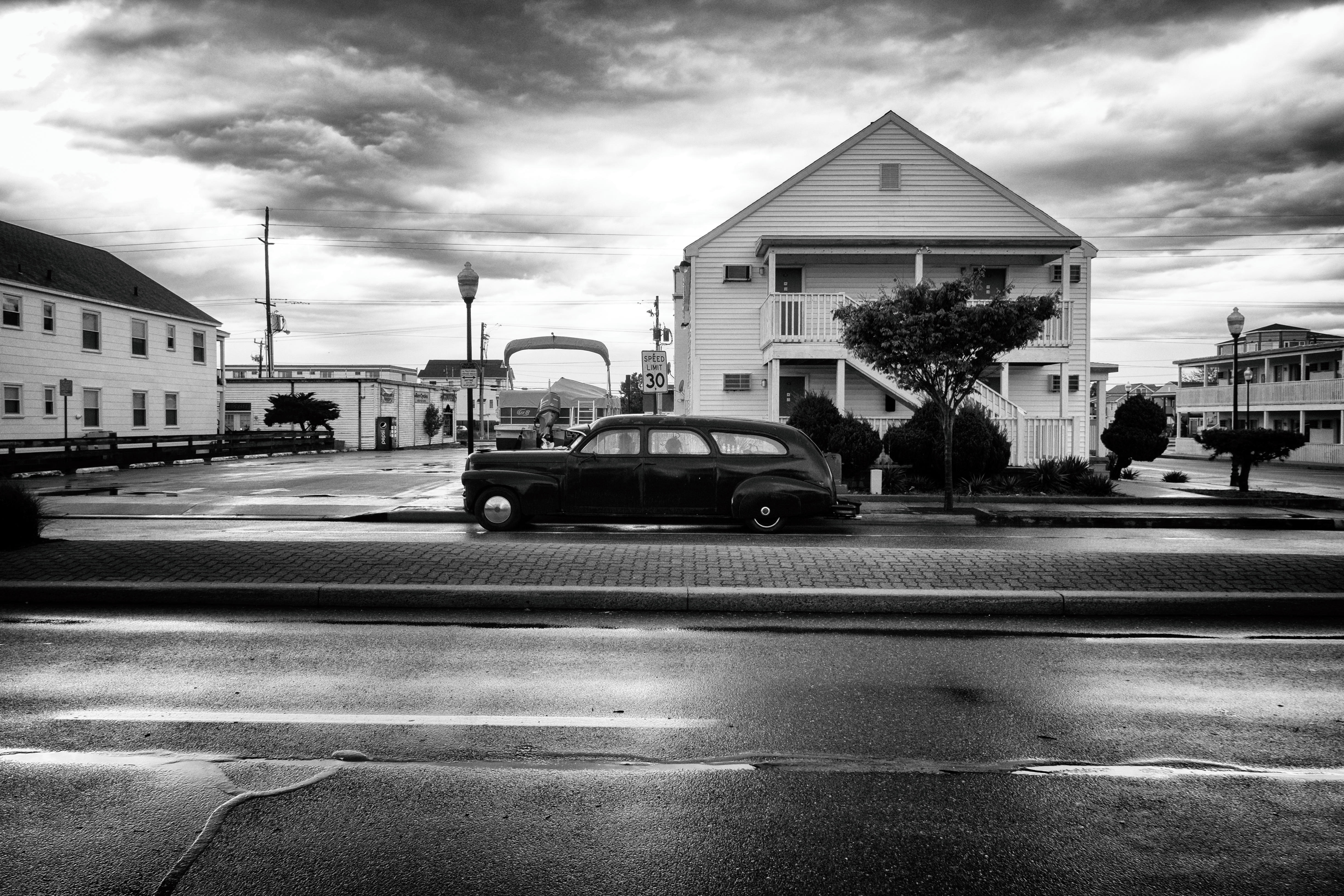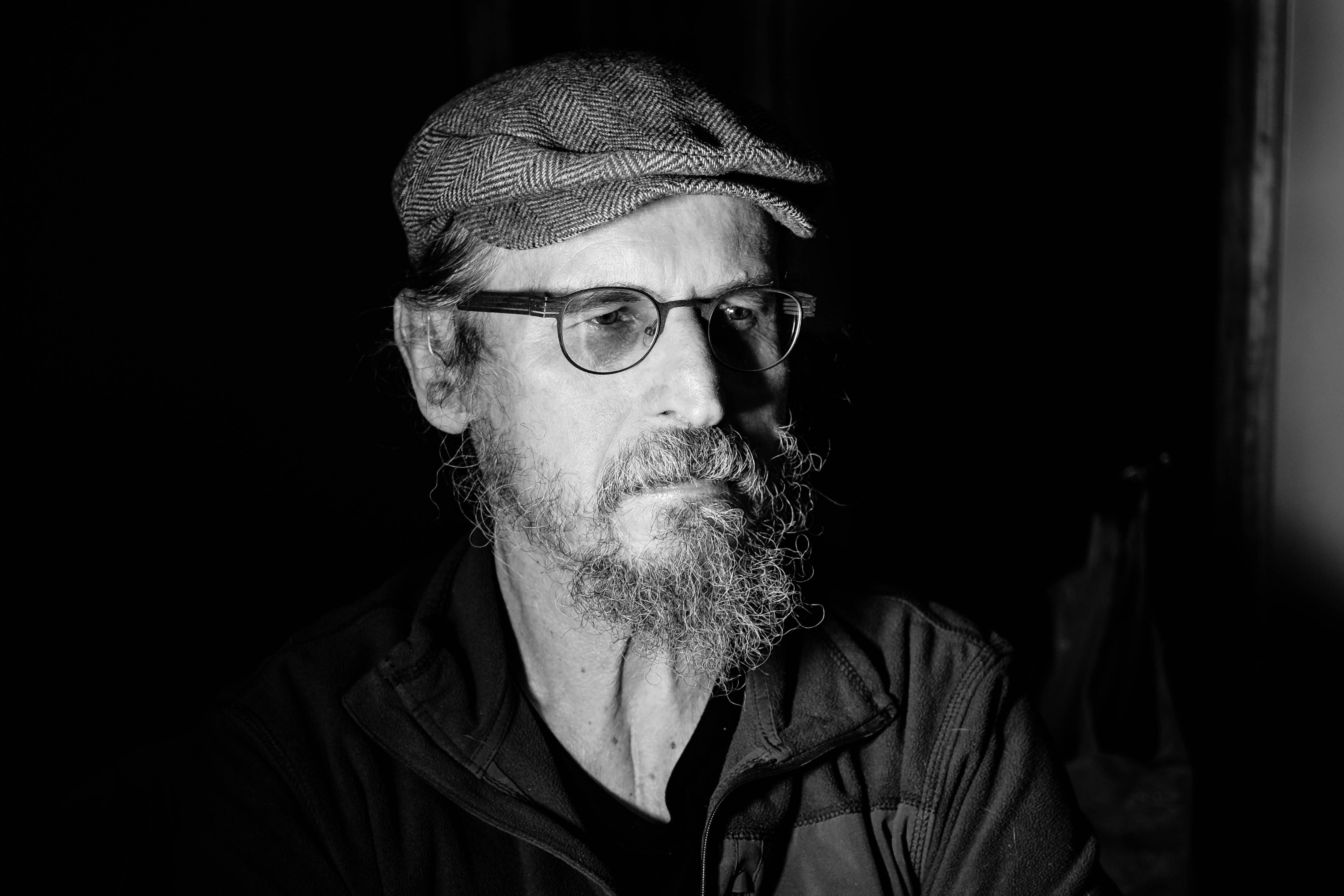

Price and size can put a lot of first-timers off, and for many a crop-sensor camera might make more sense. Again, full-frame cameras are usually more expensive than crop-sensor cameras. In general, though not always, a bigger sensor means a bigger and heavier camera (and the same goes for lenses). Sensor size is not a one-way street, with inevitable drawbacks when going bigger. Are there any downsides to going full-frame?

NEW FUJI FULL FRAME PLUS
Plus there's no risk of digital artifacts like in portrait mode. However, in a full-frame camera, the blurry goodness possesses genuine depth – the further objects are from the area of sharp focus, the more out-of-focus they are. Often surprisingly effective, portrait mode is computational, recreating blur with a uniform strength. However, this might not be possible, and if it is, full-frame has a higher magnification of out-of-focus areas, which usually results in a more pleasing bokeh.Ī blur effect is also possible by using the portrait mode available in most smartphones.

Technically, it's possible to get the same image composition and depth of field with a crop-sensor camera by adjusting the lens focal length and aperture plus your distance from the subject. However, if you're looking at displaying and printing big, then you'll want more pixels. This doesn't matter so much if your images are only ever going to be seen on a phone or tablet, for which 12MP is ample. The more pixels you have, the larger the image size (known as enlargement). Again, smartphones use a high dynamic range ( HDR) trick to extend the range of tones in the final image, being achieved by combining multiple identical images shot at different brightness values.Īlthough smartphones emulate brighter low-light images and high dynamic range, it's nowhere near as practical as achieving the real thing in a single full-frame image.Īs we said previously, the larger the sensor, the more space there is to host pixels. We call this dynamic range – the amount of detail that can be captured from white to black. In scenes containing bright highlights and dark shadows – high contrast light – a full-frame sensor will capture more of those tones in a single image. Phones also have a few tricks up their sleeves to artificially reduce noise, provided your subjects are stationary (for example, night mode boosts image brightness), but you'll need to hold the phone steady and it's useless if your subjects are on the move. However, depending on what you're shooting, that's not always possible. There are workarounds for improving low-light performance such as increasing your exposure (using shutter speed or aperture). Provided all the exposure information is the same, full-frame is superior in low light to crop-sensor shots. That's because better light gathering reduces the adverse impact of 'noise' (grain). Indoors and at night, whenever light is low, it is easier to make sharper looking images with more contrast by shooting full-frame. Two aspects of image quality that consequently reap the rewards are low light performance and dynamic range. Firstly, larger pixels are better equipped to gather light, especially when drawing fair comparisons between same generation sensors. However, we'll do our best to keep the key points clear and concise.Ī physically larger sensor can host larger and/or more pixels (also technically known as photosites), which make up the image. Many of the perceived benefits to full-frame are not technically categorical, though in real-world use are often more practical. The topic of sensor size is a genuine rabbit hole, with plenty of contrary information out there.

So does sensor size really matter? Just what can you expect by going full-frame and is superior image quality guaranteed? As with anything, it's not that simple.
NEW FUJI FULL FRAME SERIES
Fujifilm has straddled this format with its smaller APS-C sensor 'X' series and its larger medium format 'GFX' range, while Olympus has stuck with its smaller-still micro-four-thirds OM-D range. These latest full-frame mirrorless cameras are especially well poised to accommodate photography and video users simultaneously. That's a lot of full-frame cameras to choose from. In 2022 we're spoilt for choice the Panasonic S series, the Canon EOS R collection (and DSLRs), Sony's a7 mirrorless range, plus Nikon's Z6 and Z7 models and its DSLRs and let's not forget Leica M rangefinders. A comparison showing the rough size difference between a full-frame, APS-C and smartphone sensor.


 0 kommentar(er)
0 kommentar(er)
